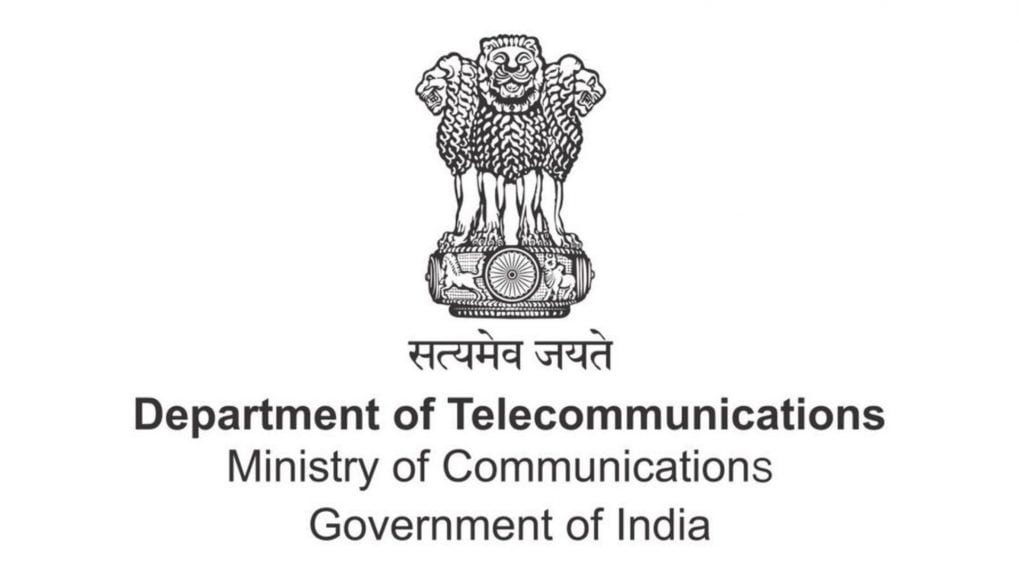DoT capital spending surges to Rs 82,646 crore in FY25; revenue projections cut for FY26
DoT’s revenue fell from Rs 66,280 crore in FY23 to Rs 33,067 crore in FY24. While capital expenditure shot up to in FY25, largely due to BSNL revival, Parliamentary committee warns of under-utilisation and inconsistent financial planning.
ADVERTISEMENT
The Standing Committee on Communications and Information Technology has raised concerns over inconsistent spending patterns and fluctuating budget estimates in the Department of Telecommunications (DoT), urging the ministry to improve financial planning, forecasting, and fund utilisation.
According to the Committee’s report on Demands for Grants (2025-26), the telecom ministry’s finances have witnessed sharp swings in both revenue and capital expenditure over the last five years.
Read more: MeitY’s budget up by 32.5% to Rs 21,937 cr in FY25
On the revenue side, receipts peaked at ₹66,280 crore in FY23 but fell drastically to ₹33,067 crore in FY24. For FY25, the revised estimates stood at ₹57,169 crore, but actual spending till December 2024 was just ₹26,864 crore, raising doubts about meeting targets. For FY26, the government has projected revenue expenditure of ₹35,851 crore.
On the capital expenditure front, the outlay jumped from ₹6,397 crore in FY22 to a massive ₹82,646 crore in FY25 (RE), driven mainly by the infusion of ₹72,000 crore under BSNL’s revival plan. However, spending remained uneven — while 95.58% of the capital outlay was utilised by March 2025, projects like the Optical Fibre Cable network for defence services saw just 34% utilisation, and spectrum funds were initially left unspent. For FY26, the capital budget has been pegged at ₹73,784 crore.
Read more: BSNL gets Rs 3.28 lakh cr in revival aid since 2019; over 90,000 4G sites now live
The Committee observed that frequent revisions between Budget Estimates (BE) and Revised Estimates (RE) reflect poor financial forecasting. For example, the FY25 revenue budget was revised upwards by nearly ₹19,000 crore, signalling that initial estimates were inadequate.
“Budget estimation methods should be based on sound financial principles and prudent commercial practices to prevent drastic fluctuations between BE and RE figures,” the Committee stated, recommending data-driven financial modelling and contingency mechanisms to ensure funds are used effectively.
The panel also criticised delays in fund disbursement, noting that revised allocations often come late in the fiscal year, leaving little time for spending. It suggested a structured quarterly disbursement system, better coordination with stakeholders, and reduction of bureaucratic delays.
Read more: Ministry of I&B's DTH revenue falls for third straight year, slipping below Rs 650 cr in FY25
In its reply, the DoT clarified that the FY23 expenditure appeared inflated because the Ministry of Finance had allocated ₹50,000 crore towards the Universal Service Obligation (USO) Fund, equally split between revenue and capital heads. For FY25, the ministry said it achieved 92.47% utilisation of revenue allocations and 99.86% of spectrum-related capital allocations, adding that spending reviews are held regularly to avoid bunching of expenditure at the end of the year.
The government also highlighted steps taken to improve fund utilisation under flagship schemes like the Production Linked Incentive (PLI) for telecom manufacturing and the Digital Bharat Nidhi (DBN), including quarterly disbursements, online claim processing, and project monitoring units.
On the revenue receipts side, telecom earnings have been driven by licence fees, spectrum usage charges (SUC), and spectrum auction receipts. While licence fee collections touched ₹36,363 crore in FY24, SUC declined after reforms scrapped the charge for spectrum acquired in auctions post-2022. Spectrum auction receipts, however, remained steady at over ₹41,000 crore in FY25, with a projection of ₹44,744 crore in FY26.
Read more: Ministry of I&B utilises 99% of budget in FY25 despite Rs 572 cr slash in scheme funds
To strengthen financial management, the DoT has rolled out SARAS (System for Assessment of LF Revenue and SUC), a digital platform that enables online payments, grievance redressal, and real-time monitoring of licence fee and spectrum-related revenues.
The Committee, while acknowledging these reforms, has urged the ministry to monitor outcomes closely, ensure timely fund flow, and strike a balance between fiscal prudence and rapid telecom infrastructure growth to meet national digital goals.

